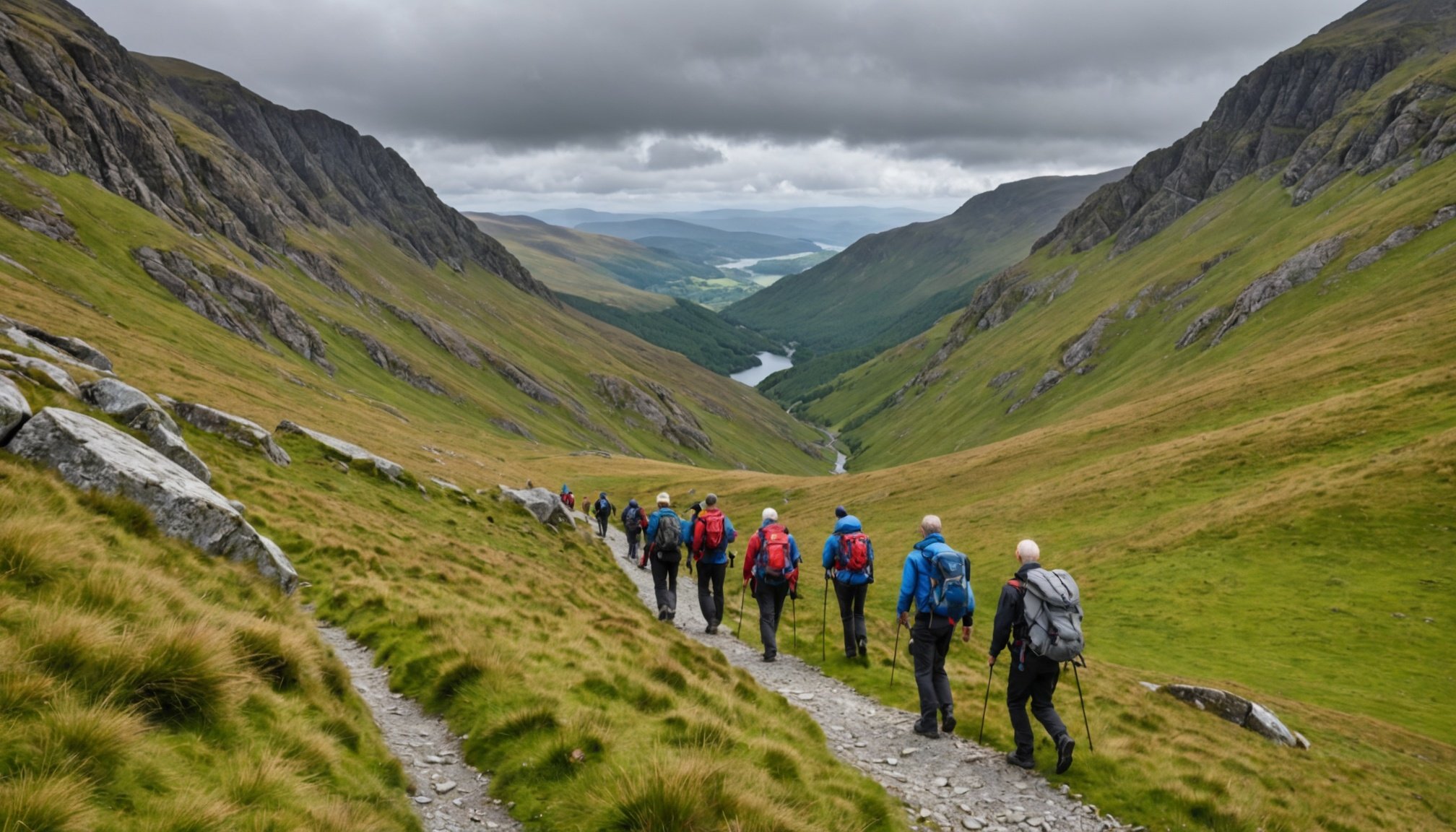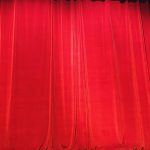Snowdonia offers breathtaking landscapes and exhilarating trails, but safety should always be your top priority. Whether you're a seasoned hiker or new to the trails, understanding the unique challenges of Snowdonia's terrain and weather is essential. This guide highlights practical safety tips to ensure your adventure is not only memorable but also secure. Prepare yourself to face the rugged beauty of this national park with confidence, all while enjoying the great outdoors responsibly.
Preparing for Your Hiking Adventure
Embarking on a hiking adventure in Snowdonia requires thorough hiking preparation to ensure a safe and enjoyable experience. Crafting a well-thought-out gear checklist is crucial, especially when considering the unique conditions of Snowdonia.
Also read : Discovering Whitby”s Top Seafood Gems: A Guide to the Best Local Catches
Essential Gear for Snowdonia
Your gear checklist should include essentials like weather-appropriate clothing, sturdy hiking boots, a reliable map, and a compass. Given Snowdonia's unpredictable weather, packing layers is advisable to adapt to changing conditions. Don't forget a first-aid kit and a whistle for emergencies.
Tailored Hiking Checklist
When preparing your hiking checklist, consider the local terrain and climate. Include items such as waterproof gear and high-energy snacks. Ensure your backpack is comfortable and fits well, as you'll carry it for extended periods.
This might interest you : Top Must-See Historical Gems in Wales for Avid History Enthusiasts
Importance of Physical Fitness
Physical fitness is vital for tackling Snowdonia's challenging trails. Regular training, focusing on endurance and strength, can significantly enhance your hiking experience. Incorporating hill walks and cardiovascular exercises into your routine will prepare your body for the demands of the hike.
Prioritising these Snowdonia essentials ensures you're ready for the adventure ahead, allowing you to focus on the stunning landscapes rather than potential mishaps.
Understanding Environmental Hazards
Exploring Snowdonia's breathtaking landscapes comes with its share of environmental risks. Understanding these hazards is crucial for a safe hiking experience.
Common Environmental Hazards
Snowdonia's rugged terrain presents specific hiking hazards, including steep inclines and uneven paths. Loose rocks and slippery surfaces can pose significant challenges, especially after rain. Being aware of these elements helps hikers prepare mentally and physically for the journey.
Navigating Difficult Landscapes
Assessing the terrain is essential for safely navigating Snowdonia. Familiarise yourself with maps and use a compass to maintain your path. Recognising landmarks and understanding the geography can prevent disorientation. In areas with dense fog, visibility can be severely limited, making navigation skills vital.
Seasonal Hazards
Seasonal changes significantly impact the environment in Snowdonia. Sudden weather shifts, such as unexpected rain or fog, can occur, transforming trails into hazardous routes. Winter hikes bring additional challenges, with snow and ice increasing the risk of slips. Layered clothing and proper footwear are necessary to tackle these conditions.
By recognising and preparing for these environmental risks, hikers can enjoy Snowdonia's beauty while minimising potential dangers.
Navigation and Route Planning
Effective hiking navigation and meticulous route planning are essential for a successful journey through Snowdonia's trails.
Using Maps and GPS Technology
Leveraging both traditional maps and modern GPS technology can greatly enhance your navigation skills. Maps provide a comprehensive overview of the terrain, while GPS devices offer real-time location tracking. It's advisable to carry a physical map as a backup, as GPS devices may fail in remote areas due to signal loss. Familiarising yourself with map symbols and scale is crucial for accurate navigation.
Popular Trails and Their Difficulty Levels
Snowdonia offers a variety of trails, each with distinct difficulty levels. For instance, the Llanberis Path is considered moderate and is popular among beginners. In contrast, the Crib Goch route is challenging and recommended for experienced hikers. Understanding these levels helps in selecting trails that match your physical fitness and experience, ensuring a safer and more enjoyable hike.
Importance of Sharing Your Route with Someone
Before setting out, always inform someone about your planned route and expected return time. This practice is vital for safety, as it ensures someone is aware of your whereabouts in case of emergencies. Sharing your route can be a lifesaver if you encounter difficulties on the trail.
Weather Considerations
Snowdonia's climate is known for its unpredictable weather patterns, which can significantly impact hiking conditions. Understanding these patterns is crucial for ensuring weather safety during your adventure. The region is prone to sudden changes, with rain, fog, and wind often appearing unexpectedly.
Before setting out, always check the weather forecast. Reliable sources like the Met Office provide up-to-date information on weather conditions in Snowdonia. This practice helps you anticipate potential changes and adjust your plans accordingly.
When it comes to dressing for the hike, layering is key. Start with a moisture-wicking base layer to keep sweat away from your skin. Add an insulating layer for warmth, and top it off with a waterproof and windproof jacket. This combination allows you to adapt to the changing weather conditions effectively.
Footwear is equally important. Choose sturdy, waterproof boots with good grip to navigate wet and slippery terrains. Remember, being prepared for Snowdonia's climate not only enhances your hiking experience but also ensures your safety in the face of unpredictable weather.
Wildlife Awareness and Safety
Snowdonia is home to a diverse range of wildlife, making wildlife encounters a thrilling aspect of your hiking adventure. However, understanding safety tips is essential to ensure these interactions remain positive.
Common Wildlife in Snowdonia
Hikers may come across animals such as sheep, goats, and various bird species. While most of Snowdonia's fauna is harmless, it's crucial to maintain a respectful distance. Never approach or feed wildlife, as this can lead to unpredictable behaviour.
Risks Associated with Wildlife Encounters
Wildlife encounters, though often benign, can pose risks if not handled properly. For instance, sheep may become aggressive if they feel threatened. Additionally, birds of prey, while unlikely to attack, should be observed from a distance to avoid disturbance.
Best Practices for Avoiding Dangerous Situations
To minimise risks, adhere to these safety tips:
- Stay on marked trails to avoid disturbing habitats.
- Keep pets on a leash to prevent them from chasing wildlife.
- Dispose of food waste responsibly to avoid attracting animals.
By following these guidelines, you can enjoy Snowdonia's natural beauty while ensuring both your safety and the well-being of the local fauna.
Emergency Procedures and Resources
When hiking in Snowdonia, emergency preparedness is vital to ensure your safety. Familiarising yourself with local resources and having a plan can make a significant difference in case of an emergency.
Emergency Contact Numbers and Local Ranger Services
Before setting out, note down essential emergency contact numbers. The Snowdonia National Park Authority and local ranger services provide assistance and guidance. In an emergency, dial 999 or 112 to reach emergency services. Rangers can offer support and are familiar with the terrain, making them invaluable in crisis situations.
Essential Apps for Hiking Safety in Snowdonia
Utilising hiking safety apps can enhance your preparedness. Apps like OS Maps and ViewRanger provide detailed maps and route planning features. They also offer real-time location tracking, which can be crucial if you need to communicate your position to rescue teams. Ensure your phone is fully charged and consider carrying a portable charger.
Steps to Take in Case of an Emergency or Injury on the Trail
In the event of an emergency, remain calm and assess the situation. If someone is injured, provide first aid and use your whistle to signal for help. Stay put unless moving is necessary for safety, and use your phone or safety apps to contact emergency services.
















